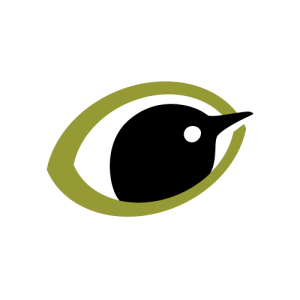Citation
Massimino, D., Woodward, I.D., Hammond, M.J., Harris, S.J., Leech, D.I., Noble, D.G., Walker, R.H., Barimore, C., Dadam, D., Eglington, S.M., Marchant, J.H., Sullivan, M.J.P., Baillie, S.R. & Robinson, R.A. 2020. BirdTrends 2019. British Trust for Ornithology, Thetford, Norfolk

Overview
The BirdTrends 2019 report is a one-stop shop for authoritative information about the population status of the common breeding birds of the wider UK countryside. The report is based on data gathered by the many thousands of volunteers who contribute to BTO-led surveys.









